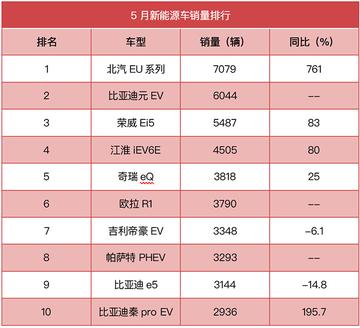一、
假设你正在参与一个电子商务平台的后端开发工作。该平台有一个功能,允许用户在购物车中添加商品,在用户下单时,系统会自动计算订单的总价。是一个简化版的订单总价计算逻辑:
python
def calculate_total_price(cart_items):
total_price = 0
for item in cart_items:
price = item['price']
quantity = item['quantity']
total_price += price * quantity
return total_price
# 示例购物车
cart_items = [
{'price': 100, 'quantity': 2},
{'price': 200, 'quantity': 1},
{'price': 150, 'quantity': 3}
]
# 计算订单总价
total_price = calculate_total_price(cart_items)
print(f"The total price of the order is: {total_price}")
在上述代码中,有一个潜在的业务逻辑BUG。请找出这个BUG,并解释原因。
二、分析
在上述代码中,我们定义了一个函数`calculate_total_price`,它接受一个购物车列表`cart_items`作为参数。每个购物车项都是一个字典,包含商品的价格和数量。函数的目的是计算购物车中所有商品的总价。
三、BUG诊断
在这个例子中,BUG可能出几个地方:
1. `cart_items`列表为空,`total_price`将始终为0,即使用户有商品在购物车中。
2. 购物车中的某个商品项的`price`或`quantity`为负数,这将导致`total_price`计算错误。
3. `price`或`quantity`是浮点数,且在乘法运算中存在精度可能会导致计算结果不准确。
让我们逐一检查这些潜在的。
四、BUG验证与修复
我们验证第一个潜在即当`cart_items`为空时的情况:
python
# 示例空购物车
cart_items = []
# 计算订单总价
total_price = calculate_total_price(cart_items)
print(f"The total price of the order is: {total_price}")
输出应该是0,购物车为空,函数将不执行任何循环,直接返回0,这是符合预期的。
我们验证第二个潜在即商品价格为负数的情况:
python
# 示例包含负价格的商品购物车
cart_items = [
{'price': -100, 'quantity': 2},
{'price': 200, 'quantity': 1},
{'price': 150, 'quantity': 3}
]
# 计算订单总价
total_price = calculate_total_price(cart_items)
print(f"The total price of the order is: {total_price}")
这个输出应该是350,我们检查代码,我们会发现`price`是负数,它将被加到`total_price`中,这显然是不正确的。我们需要确保所有商品的价格都是非负数。
我们验证第三个潜在即浮点数精度
python
# 示例包含浮点数的商品购物车
cart_items = [
{'price': 100.123, 'quantity': 2},
{'price': 200.456, 'quantity': 1},
{'price': 150.789, 'quantity': 3}
]
# 计算订单总价
total_price = calculate_total_price(cart_items)
print(f"The total price of the order is: {total_price}")
这个输出可能会因为浮点数的精度而不准确。在Python中,浮点数是双精度,这意味着它有一定的精度限制。为了解决这个我们可以将所有计算结果四舍五入到两位小数。
五、代码修复
是修复后的代码:
python
def calculate_total_price(cart_items):
total_price = 0
for item in cart_items:
price = item['price']
quantity = item['quantity']
# 确保价格和数量都是非负数
if price < 0 or quantity < 0:
raise ValueError("Item price and quantity must be non-negative.")
total_price += price * quantity
# 四舍五入到两位小数
return round(total_price, 2)
# 示例购物车
cart_items = [
{'price': 100, 'quantity': 2},
{'price': 200, 'quantity': 1},
{'price': 150, 'quantity': 3}
]
# 计算订单总价
total_price = calculate_total_price(cart_items)
print(f"The total price of the order is: {total_price}")
这样,我们就解决了可能出现的BUG,并确保了订单总价的准确性。



还没有评论呢,快来抢沙发~